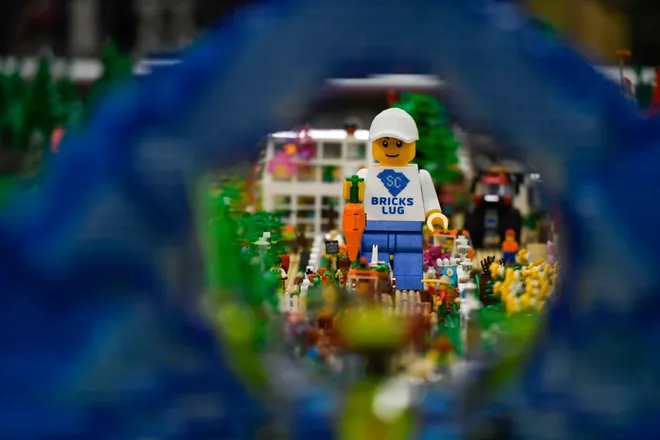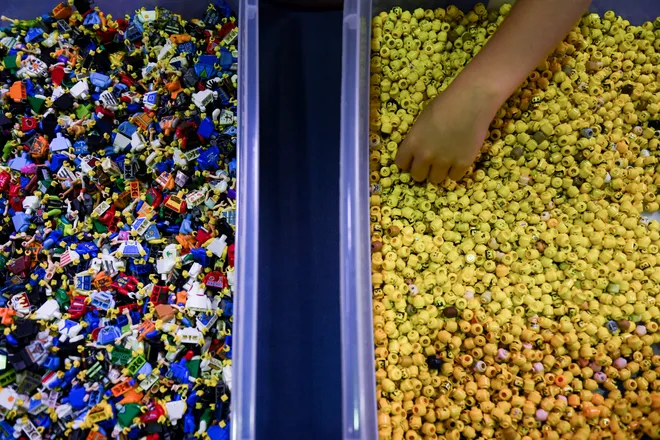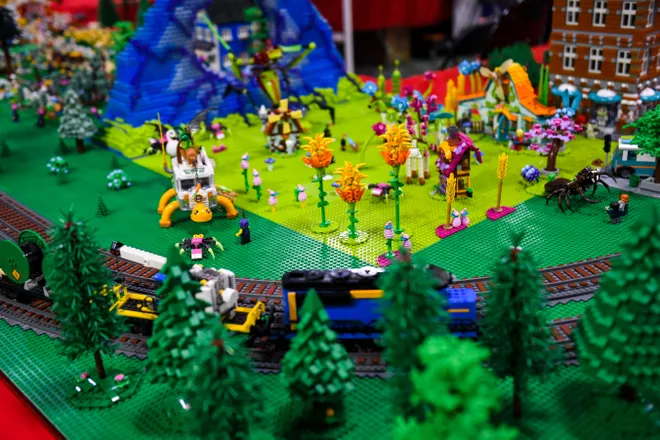Lego moves in another direction after finding plastic bottle prototype won't reduce emissions

Danish toy company Lego is working on implementing a more sustainable product alternative by 2032 instead of making the iconic Lego bricks out of recycled plastic bottles like they planned.
The goal has been to phase out acrylonitrile butadiene styrene, a common thermoplastic polymer that Lego has used in its toys for the past 60 years.
Despite announcing a prototype made from polyethylene terephthalate also known as rPET a couple years ago, the company announced Sunday that incorporating the recycled plastic “wouldn’t have helped us reduce carbon emissions,” according to a news release from Lego.
Lego found that making bricks from the recycled material would require investing in new equipment and involve more steps, which would ultimately lead to more planet-heating pollution than the status quo, a company spokesperson shared with CNN.
How has Lego reduced their environmental impact?

Sustainability efforts have been a top priority at Lego over the past couple of years.
Lego invested $400 million into sustainability efforts in 2020, signed the European Commission’s new Green Consumption Pledge in 2021 and pledged in August to achieve net-zero greenhouse gas emissions by 2050.
The pledge is an extension of an existing attempt to reduce carbon emissions by 37% in 2032, which is the company’s immediate goal.
“This new, long-term goal will ensure that the decisions we make today will reduce our carbon footprint over the coming decades. It will also encourage future generations of LEGO employees, partners and suppliers to continue working with a sense of urgency to reduce the environmental impact of our business,” according to CEO Niels B Christiansen.
Lego will invest $1.4 billion in sustainability-related activities
Over the next three years, LEGO Group plans to triple its investment in environmental sustainability, particularly in areas that will help reduce GHG emissions.
Here's where the money will go:
- To designing buildings and sites to be carbon neutral run
- To increasing capacity and production of renewable energy at all sites
- To taking CO2 emissions into account across all business decisions
- To joining forces with suppliers to collectively reduce environmentalimpact
“We know that children are looking to us to do what’s right. Caring for the environment is one of their top concerns and we receive hundreds of letters a year with great ideas from kids on how we can make a difference. They are holding us to account, and we must set ambitious goals and take meaningful and lasting actions to protect their futures,” Christiansen shared.
More:Lego releasing Braille versions of its toy bricks, available to public for first time ever
What will Lego do next?

Lego is still looking into finding a more sustainable product alternative.
They have tested more than 300 different materials but there hasn’t been any one material that has “met our strict quality, safety and durability requirements or helped reduce our carbon footprint,” according to the company.
Bio-PE, which has been used to make botanical elements and accessories has proven to be successful.
In the meantime, the company will continue to apply what they learn in their research to develop new materials and explore other ways to make Lego bricks more sustainable.
“It’s a challenge we all share, and it’s something we know kids care about...We want them to know we’re listening and trying hard,” Lego stated.
ICYMI:Ed Sheeran works shift at Lego store at Mall of America before performing 'Lego House': Watch here
Disclaimer: The copyright of this article belongs to the original author. Reposting this article is solely for the purpose of information dissemination and does not constitute any investment advice. If there is any infringement, please contact us immediately. We will make corrections or deletions as necessary. Thank you.







